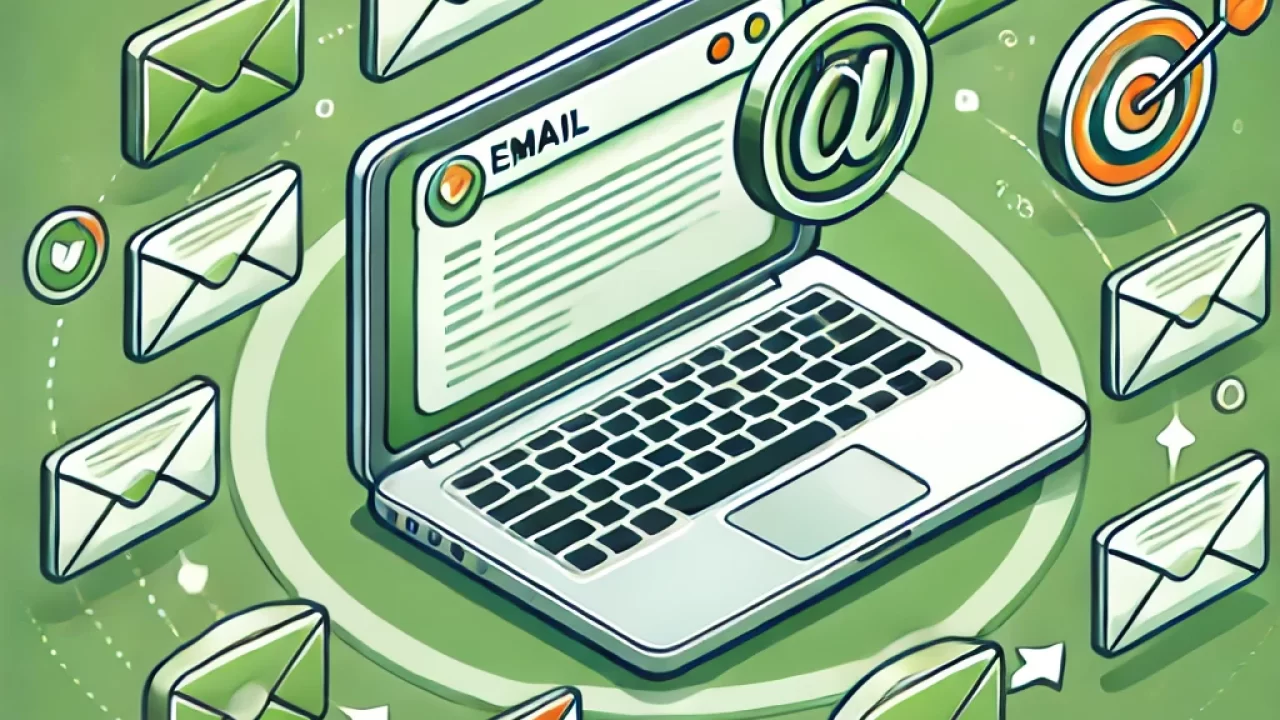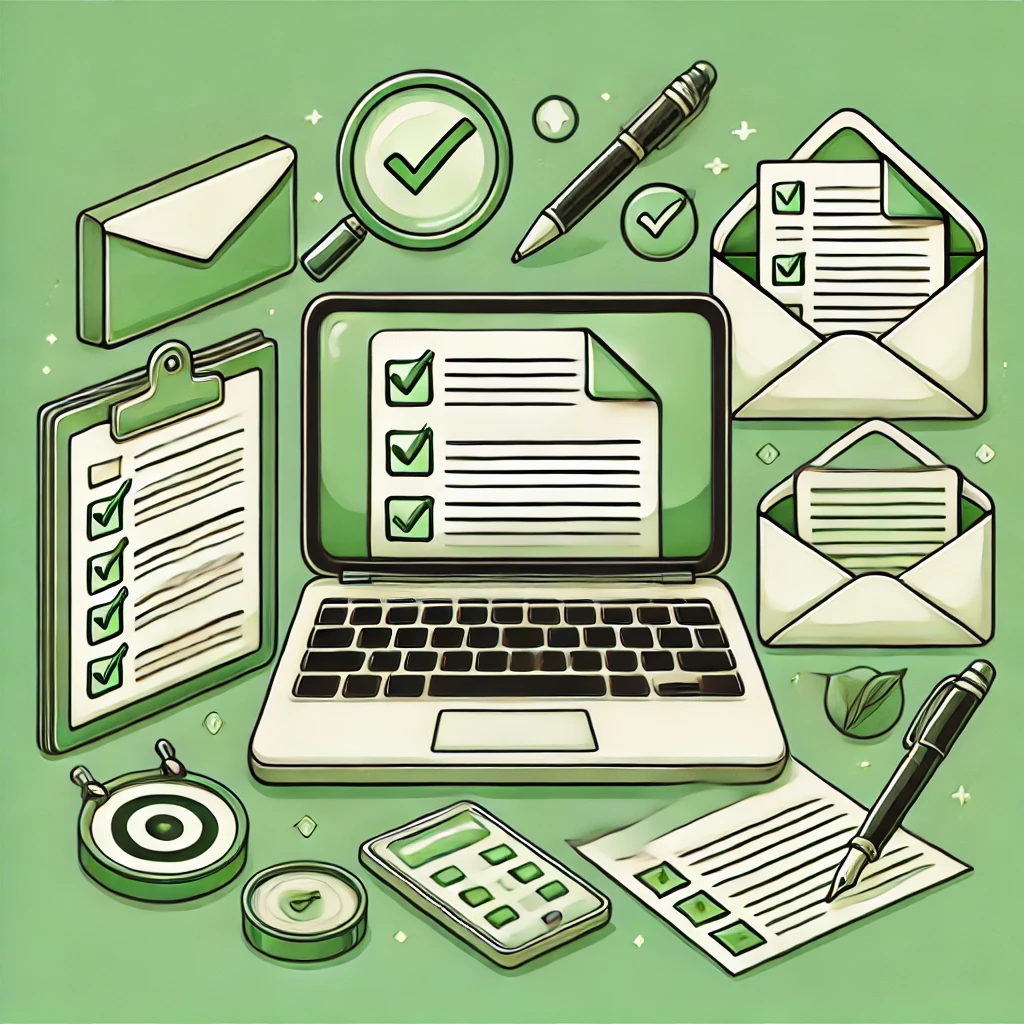Email Outreach is essential for successful link-building campaigns. Mastering this technique with personalized, well-crafted emails can significantly enhance your ability to acquire high-quality backlinks, boosting your website’s SEO and fostering valuable industry relationships. Many need help with email outreach due to targeting the wrong audience or creating unengaging emails. Prioritizing audience research and crafting tailored messages increases the chances of positive responses. Efficiently managing your campaigns to track progress and make necessary adjustments is crucial. Understanding email outreach’s legal aspects and advanced tactics ensures ethical standards and maximizes your efforts, offering long-term benefits and new opportunities.
Key Takeaways
- Personalized emails improve success in link-building.
- Targeting the right audience increases response rates.
- Efficient campaign management and ethical practices are crucial.
The Role of Email Outreach in Link Building
Email outreach is essential in link building campaigns. Effective email outreach can greatly enhance your ability to acquire high-quality backlinks and improve your site’s search engine rankings.
Understanding the Importance
Email outreach connects you directly with website owners and influencers. A personalized, well-crafted email can encourage them to link to your content. High-quality backlinks significantly boost your site’s authority, helping it rank higher on search engines.
Regular email outreach fosters relationships with industry leaders. Building these connections can result in more linking opportunities over time. Maintaining a respectful and professional tone makes you more likely to receive positive responses to your outreach efforts.
Comparing Outreach Strategies
Different strategies cater to varied link-building goals. Manual outreach involves personalized emails tailored to individual site owners. This method, while time-consuming, often yields higher success rates due to its personal touch.
Automated outreach, using tools to send bulk emails, can save time but maybe impersonal. Balancing personalization with efficiency is key. Some prefer guest posting, offering valuable content in exchange for a backlink. This strategy benefits both parties but requires quality writing and niche relevance.
Evaluating the success of each strategy helps refine your approach—track metrics like response rates and successful link acquisitions to identify the most effective methods for your campaigns.
Crafting the Perfect Outreach Email
To create an impactful outreach email, focus on crafting a clear, concise message demonstrating value and relevance. Address the recipient’s needs and personalize your email to stand out from generic outreach attempts.
Components of an Effective Email
- Subject Line: Your subject line should grab attention. Keep it short and to the point, ideally under 50 characters. Avoid clickbait; be genuine.
- Salutation: Address the recipient by name. This personal touch increases your email’s chance of being read.
- Introduction: Briefly introduce yourself and state your purpose. Be clear and concise to maintain interest.
- Value Proposition: Explain why your email is beneficial to the recipient. Highlight mutual benefits, showcasing how your request aligns with their interests.
- Call-to-Action: Conclude with a clear, actionable step. Express your desire for a response and specify what you need.
- Signature: Include your name, title, and contact information. A professional email signature adds credibility and makes it easier for the recipient to learn more about you.
Personalization Techniques
- Research: Before crafting your email, research the recipient. Understand their work, interests, and recent accomplishments.
- Custom Salutations: Use the recipient’s name and reference something specific to them. This demonstrates effort and increases engagement.
- Tailored Content: Align your email content with the recipient’s needs and interests. Refer to their recent work or relevant topics they care about.
- Personal Anecdotes: When appropriate, share a relatable experience or story. This establishes a connection and makes your email more memorable.
- Timing: Send your email when it’s likely to be read. Consider the recipient’s time zone and typical work hours.
- Follow-Up: If you are still waiting to receive a response, follow up. A polite, well-timed follow-up can significantly increase your chances of success. Avoid being pushy, and space out your follow-ups appropriately.
Targeting the Right Audience for Link Building
Reaching the correct audience is essential for a successful link-building campaign. You can improve response rates and results by identifying potential link partners and segmenting your outreach.
Identifying Potential Link Partners
Finding the right partners starts with research. Look for websites that are relevant to your niche. Use tools like Ahrefs, SEMrush, and Moz to find high-authority sites.
Make a list of these websites, along with the contact information of the site owners or editors. Check if they link to similar content.
Consider their audience, content quality, and alignment with your goals. Aim to find partners who will see value in linking to your content.
Segmentation for Increased Response Rates
Segmentation helps tailor your outreach emails for better engagement. Group potential partners based on criteria such as domain authority, content type, and target audience.
Create personalized email templates for each segment to address specific interests and needs. Use merge tags to personalize even further.
Track response rates for different segments. Adjust your approach based on what yields the best results. This strategy fosters meaningful connections and increases the likelihood of securing valuable backlinks.
Managing Email Outreach Campaigns
Efficient management of email outreach campaigns is crucial for success. Proper organization of efforts and effective tracking and measurement are key components.
Organizing Your Outreach Efforts
Begin with a clear strategy to identify your target audience. Use tools such as CRM systems to manage contact information. Segment your prospects into different categories based on relevance and potential.
Create personalized email templates to save time and maintain consistency. Ensure each template covers key points while allowing room for customization.
Maintain a detailed schedule for sending emails. Coordinate follow-ups by setting reminders and using automation tools to avoid manual tracking. Document each interaction for future reference.
Tracking and Measuring Success
Define clear metrics to evaluate the effectiveness of your outreach. Track open rates, click-through rates, and response rates using email marketing software.
Use A/B testing to determine which subject lines and content perform best. Analyze the data to refine your strategy and increase engagement.
Monitor the quality of backlinks acquired by checking their relevance, authority, and traffic contributions. Adjust your approach based on the insights gathered to improve your campaigns continuously.
Overcoming Common Email Outreach Challenges
When executing email outreach for link building, several common challenges may arise. These include adapting to the frequent changes in search engine algorithms.
Adapting to Algorithm Changes
Adapting to ever-evolving algorithm changes can be difficult. These updates can affect your email outreach campaigns and how links from other sites affect your search rankings.
Staying updated with news from search engine providers like Google and Bing is essential. One effective strategy is subscribing to industry newsletters or following trusted SEO blogs.
Consistency in monitoring and tweaking your strategy based on these changes will ensure that your outreach process remains effective. Additionally, engaging in community forums and SEO groups can provide insights into recent updates and effective practices.
Advanced Email Outreach Tactics
To maximize the efficiency of your link building campaigns, leveraging automation tools and conducting A/B testing can significantly enhance your results and improve your email outreach strategies.
Leveraging Automation Tools
Automation tools streamline repetitive tasks, allowing you to focus on personalization and strategy. Mailshake, Hunter, and BuzzStream help manage contacts, schedule emails, and track responses.
These tools also provide templates that can be customized to fit your target audience. Additionally, they offer analytics to monitor open rates, click-through rates, and responses, enabling data-driven decisions.
Integrating these tools with your CRM can further optimize your workflow, ensuring that your outreach efforts are organized and efficient.
A/B Testing for Better Results
A/B testing involves sending different versions of your emails to determine which performs better. Testing elements like subject lines, email content, call-to-action buttons, and send times can provide valuable insights.
Creating variations and tracking their performance helps you understand what resonates with your audience. Tools like Google Optimize and Optimizely facilitate A/B testing by offering detailed analytics.
The data gathered from A/B tests guide you in refining your email outreach strategy, leading to higher engagement and better link building outcomes.
Building Relationships Beyond Links
Creating valuable connections and leveraging networking opportunities are critical for sustainable email outreach success.
Engagement Strategies for Long-Term Success
Long-term engagement requires a focus on authenticity and consistency. Start by personalizing your emails to address specific interests and pain points. Show genuine interest in the recipient’s work. Regular interaction via follow-ups, sharing meaningful content, or collaborating on projects helps build trust.
Use social media platforms to keep the communication ongoing. Engage with their posts, comment on their updates, and share their content. They are establishing a consistent and meaningful presence in their digital world, positioning you as a trusted partner rather than just another request.
Being persistent yet respectful is vital. Acknowledge their time and contributions to foster a sense of mutual benefit. This increases the likelihood of maintaining positive relationships, which could lead to future collaborations.
The Power of Networking
Networking goes beyond mere connections—fostering mutually beneficial professional bonds. Attend industry events, webinars, and conferences to meet peers in person. These face-to-face interactions often lead to deeper connections and more trust.
Join professional groups and forums online. Participate actively by contributing valuable insights and helping others. This positions you as an expert and helps you build credibility within the community.
Exchange guest posts, co-author articles, or collaborate on research. These joint ventures broaden your reach and strengthen your professional ties. Building a network of trusted contacts can lead to more robust support systems and opportunities for long-term partnerships.
Legal and Ethical Considerations in Email Outreach
Conducting email outreach for link building involves strict adherence to legal guidelines and ethical practices. Adhering to SPAM regulations and maintaining transparency are crucial to avoid legal troubles and build trustworthy relationships.
Adhering to SPAM Regulations
Ensuring compliance with SPAM regulations is fundamental. CAN-SPAM Act in the United States and GDPR in the European Union are examples of regulations you need to be aware of. CAN-SPAM Act requires clear identification of the sender, an honest subject line, and a way for recipients to opt out. Violations can lead to hefty fines.
In the EU, GDPR dictates that you must have clear consent before sending marketing emails. This includes providing an easy way for recipients to withdraw consent. Neglecting these rules can result in severe penalties and damage to your reputation.
Maintaining Transparency
Transparency is key in fostering trust. Clearly state the purpose of your email upfront. Avoid misleading claims and ensure that the content matches the subject line. This helps set expectations and reduces the likelihood of being marked as spam.
Using genuine contact information and providing easy-to-follow instructions for opting out are essential. Establishing a trustworthy and transparent communication practice can increase your outreach campaign’s effectiveness and build long-term relationships.
Conclusion: Next Steps after Mastering Email Outreach
After mastering email outreach, it’s time to elevate your link-building strategy.
- Track Your Results: Use analytics tools to measure the success of your campaigns. Identify which emails got the highest responses and conversions.
- Build Long-term Relationships: Consistently interact with your successful contacts. Send follow-up emails and show genuine interest in their work.
- Scale Your Efforts: Create templates for different outreach scenarios to save time. Use software to automate parts of the process.
Next, focus on diversifying your link-building tactics.
- Content Marketing: Create high-quality, shareable content.
- SEO: Optimize your website to attract organic links.
Keep refining your approach. Stay updated on trends and best practices.
Finally, always adhere to ethical practices. Ensure your outreach is genuine and respectful.
These steps will amplify your link-building results and foster a sustainable strategy.
Frequently Asked Questions
Learn how to create efficient email outreach strategies for link building, personalize your pitches for better responses, and track success metrics. Discover best practices for follow-up emails and common mistakes to avoid.
What are the key components of a successful email outreach strategy for link building?
A successful email outreach strategy includes identifying the right targets, crafting clear and concise messages, and offering value to the recipient. Establishing a connection and showing genuine interest in their work can also significantly improve your chances of success.
How do you personalize email pitches to improve response rates from recipients?
Personalizing email pitches involves researching the recipient’s work, addressing them by name, and mentioning specific content that links to their interests or expertise. Tailoring your message to fit their needs shows you have put in the effort and respect their time.
What metrics should be tracked to measure the success of an email link building campaign?
Monitoring track open rates, response rates, and the number of backlinks acquired will help you understand the effectiveness of your outreach strategy. Track click-through rates and conversions to gauge how well your content performs.
Can you explain the best practices for follow-up emails if there’s yet to be a response to the initial outreach?
Follow up politely and wait a few days before sending another email. Keep follow-up emails short and reiterate the value proposition of your request. Always thank the recipient for their time and consideration, and avoid sounding pushy or impatient.
What are some common mistakes to avoid when conducting email outreach for link building purposes?
Avoid sending generic, impersonal emails and not doing enough research on the recipient. Spamming multiple contacts from the same organization or failing to follow up appropriately can harm your chances. Ensure your emails are clear, concise, and free of typos or grammatical errors.
How does one create compelling email content encouraging recipients to engage and contribute to a link building effort?
Create email content that highlights mutual benefits and clearly states your intentions. Use a friendly and professional tone, provide a compelling subject line, and include a clear call to action. Offering examples of previous collaborations or successes can also make your request more enticing.






